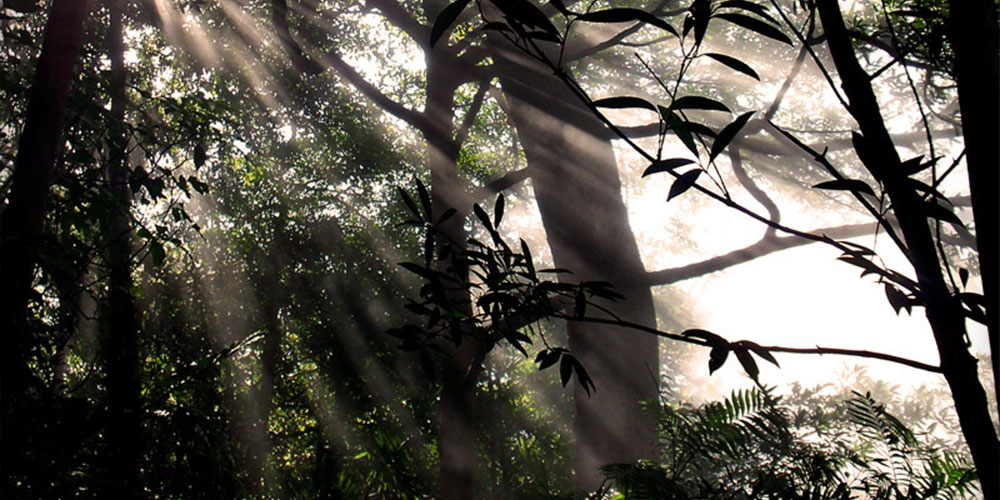This is a new reminder that this small Central American nation is one of the planet’s most bountiful ecological settings.
Costa Rica is known internationally as one of the world’s most abundant corners in terms of biodiversity. Be it its enchanting mountain areas like Chirripó, Irazú, and Poas, its immersive tropical jungles all around the country, or the paradisiacal beaches on both coasts, this small Central American nation is truly a treasure trove for nature lovers worldwide.
Bird-watching tours, whale sighting adventures, and a myriad of activities devoted to plant lovers are all just glimpses of how Costa Rica shares its blessed environs with visitors. And the thing is, no matter when or where you explore Costa Rica, there’s always something new to discover, another natural spectacle waiting to manifest itself. A clear example is the recent discovery of two new plant species in the country: the Sternospemation coques and Ilex hamelii.

These plants are endemic to Isla del Coco and the Guanacaste mountain range, respectively, but draw interest in the country as a whole. Just how many other nations can casually announce these relevant scientific discoveries from two independent investigations, in two different areas of the country? After being peer-reviewed by some of the most prestigious scientists in the world, the announcement of each one of these discoveries came by way of recent publications released almost side-by-side, which naturally garnered attention once again to what’s widely considered to be one of Earth’s oasis.
Given Costa Rica’s continued commitment towards preservation and conservation areas, as well as the importance of its national parks, it wouldn’t be a surprise to continue seeing more and more of these breakthroughs happening in the country. After all, ecotourism has grown in popularity in the last decade, elevating the country even more as an unmissable destination.

